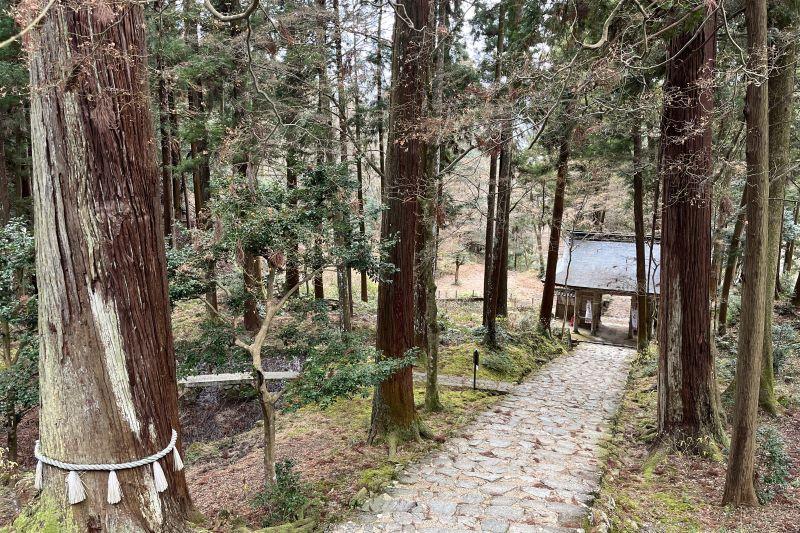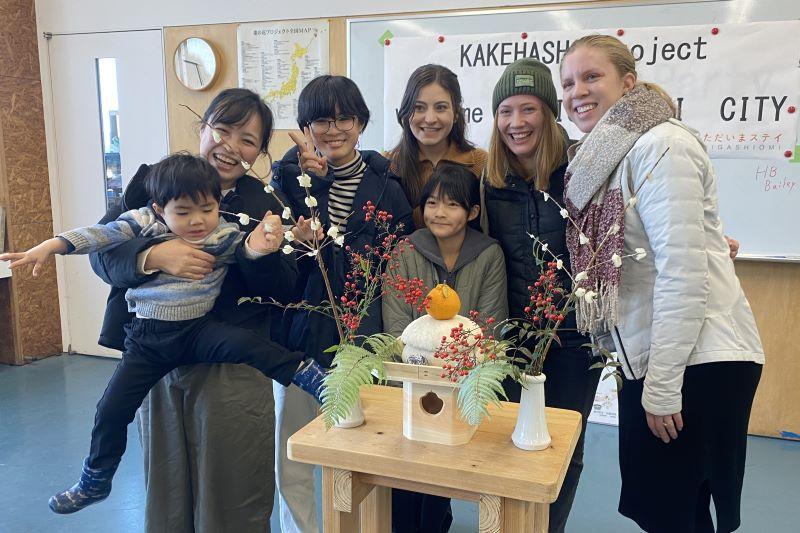-

Hear from Professor Monica Toft
Learn how Professor Monica Toft is shaping the study of global affairs and diplomacy at Fletcher.
Hear from Prof. Toft -

Explore Fletcher academics in action
Fletcher Features offers insights, innovation, stories and expertise by scholars.
Get global insights -
Get application tips right from the source
Learn tips, tricks, and behind-the-scenes insights on applying to Fletcher from our admissions counselors.
Hear from Admissions -
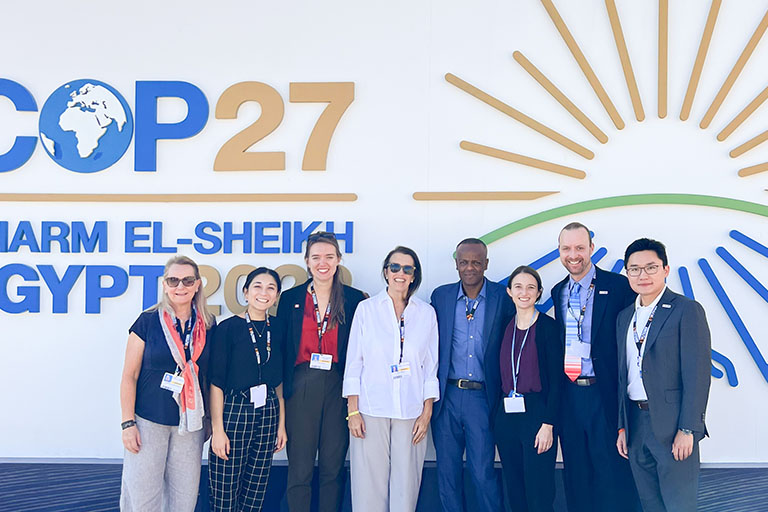
Research that the world is talking about
Stay up to date on the latest research, innovation, and thought leadership from our newsroom.
Stay informed -
Meet Fletcherites and their stories
Get to know our vibrant community through news stories highlighting faculty, students, and alumni.
Meet Fletcherites -
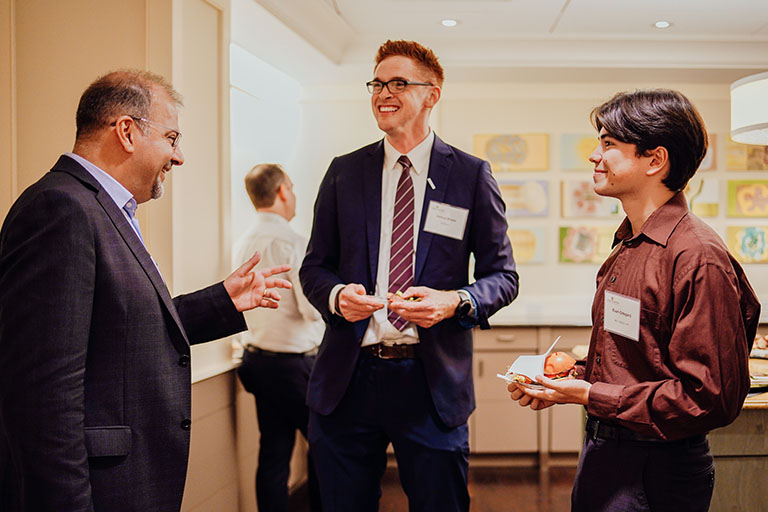
Forge your future after Fletcher
Watch to see how Fletcher prepares global thinkers for success across industries.
See the impact -
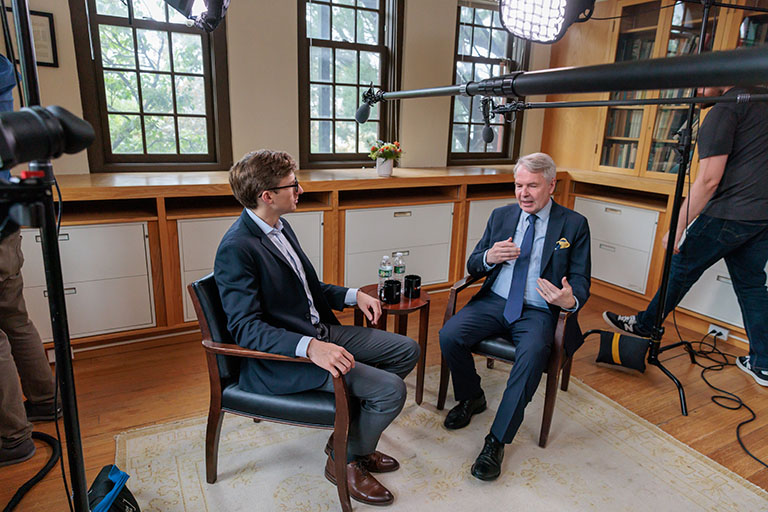
Global insights and expertise, on demand.
Need a global affairs expert for a timely and insightful take? Fletcher faculty are available for media inquiries.
Get in Touch
Satoyama and Kakehashi: Bridging Two Worlds
Bailey Wang F24 reflects on experience with Kakehashi project
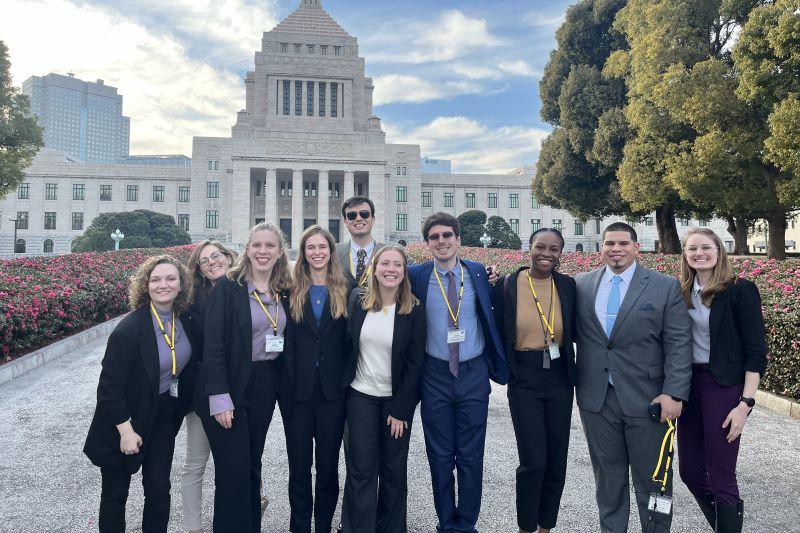
A group of students traveled to Japan to participate in the Kakehashi Project. The Fletcher School asked them to reflect upon their experience. Hear from Bailey Wang F24 about diplomacy, satoyama, and her thoughts on urban and rural environments.
My final semester studying diplomacy at Fletcher began not in Medford but in Japan, where I participated in dialogues with Japanese officials. Thrilled to be selected as one of about 50 young American and Canadian researchers to participate in the Kakehashi Project, I arrived in Japan eager to practice the skills I was learning in graduate school. “Kakehashi” is a special word in Japanese, indicating the project’s mission at “bridging” cultural divides. Given my passion for public diplomacy’s role in creating a more peaceful world, I knew it would be the perfect start to my last months at Fletcher.
The experience helped me remember that beyond public diplomacy’s power within the broad frameworks of international security classes and discussions throughout the halls of Cabot and Mugar, real peoples’ lives are impacted by the smallest policy choices.
In addition to government meetings and touring historical shrines, I visited the Research Institute for Humanity and Nature (RIHN). At RIHN I learned another Japanese word: “satoyama.” Satoyama, a young researcher explained to me, is a Japanese term for natural environments cared for and curated by people. The term describes not only a particular landscape but also a way of life – it is a harmony and interdependence with nature. She also described a personal stake in preserving satoyama: significant trees in her home village were under threat. As the town’s youth moved to urban centers in search of different opportunities, the wisdom of the elders caring for the trees could no longer be passed down, and the trees languished.
This made me reflect on my own story. I too moved from a rural environment, a small ranch in North Dakota, to urban environments in Washington, D.C., and Boston in search of opportunity. Hearing stories from people working to solve complex societal challenges inspires me in my work toward public service in the United States and at the international level. My international relations studies have illuminated how foreign policy impacts local communities, from climate change exacerbating droughts in my uncle’s sunflower fields to my in-laws emptying their savings to send their daughter to Washington, D.C. in pursuit of a brighter future. The experiences I’ve gained through Fletcher, spending time in rural and urban environments around the globe, better equip me to understand the diverse views and challenges the U.S. faces.
Public diplomacy programs like the Kakehashi Project reduce misperceptions and support national security. Cultural exchange programs keep communication lines open between states, especially in times of tension. Weaving my eight years of experience in government, private, and nonprofit sectors together is my passion for mitigating conflict and bringing communities together. It might be hard for my midwestern family to see it clearly, but for me the international has always been local.
It is the personal stories that will stay with me beyond Fletcher. Despite my limited Japanese and my host family’s limited English during a home stay in Higashiomi, we all learned so much from each other in only 24 hours. From reading an English-language storybook with one daughter to helping another roll sushi, my time with three young children and their mother reminded me how much of our human experience transcends cultural boundaries. Their mother shared her own experience as an exchange student in New Zealand, which inspires her to continue opening her home to international visitors. It is those people who inspire me and many others to diplomacy careers, driven by a hope that we can mitigate conflict by bringing communities together.
I am thankful to have been selected for such a prestigious program as the Kakehashi project and grateful to The Fletcher School and the Japan International Cooperation Center for their faith in me throughout this program.
Bailey Wang (she/her/hers) is a MALD student at Fletcher. Bailey has eight years of experience in the public, private, and nonprofit sectors. Her most recent work was in the U.S. Department of State's Office of Taiwan Coordination.


